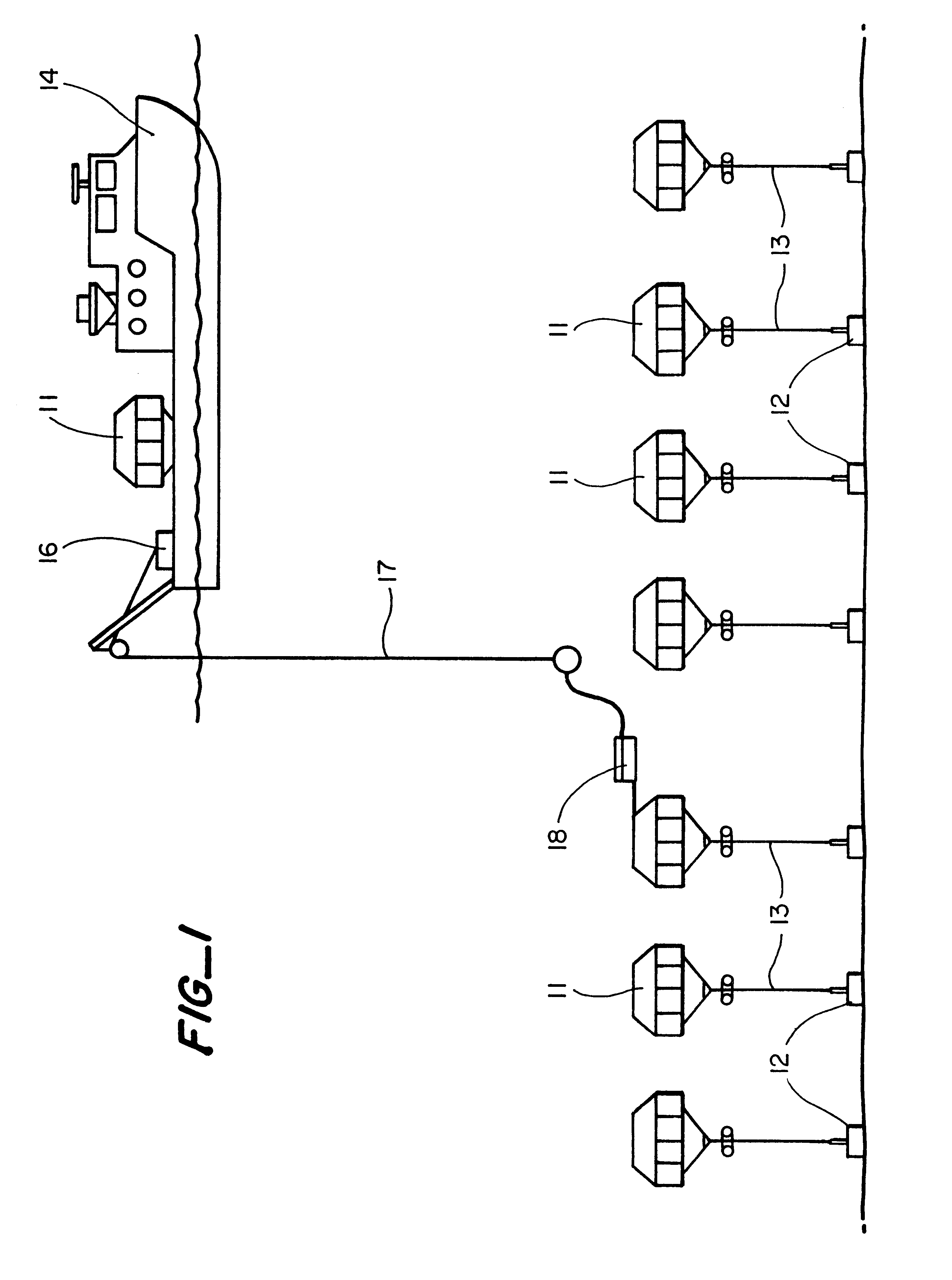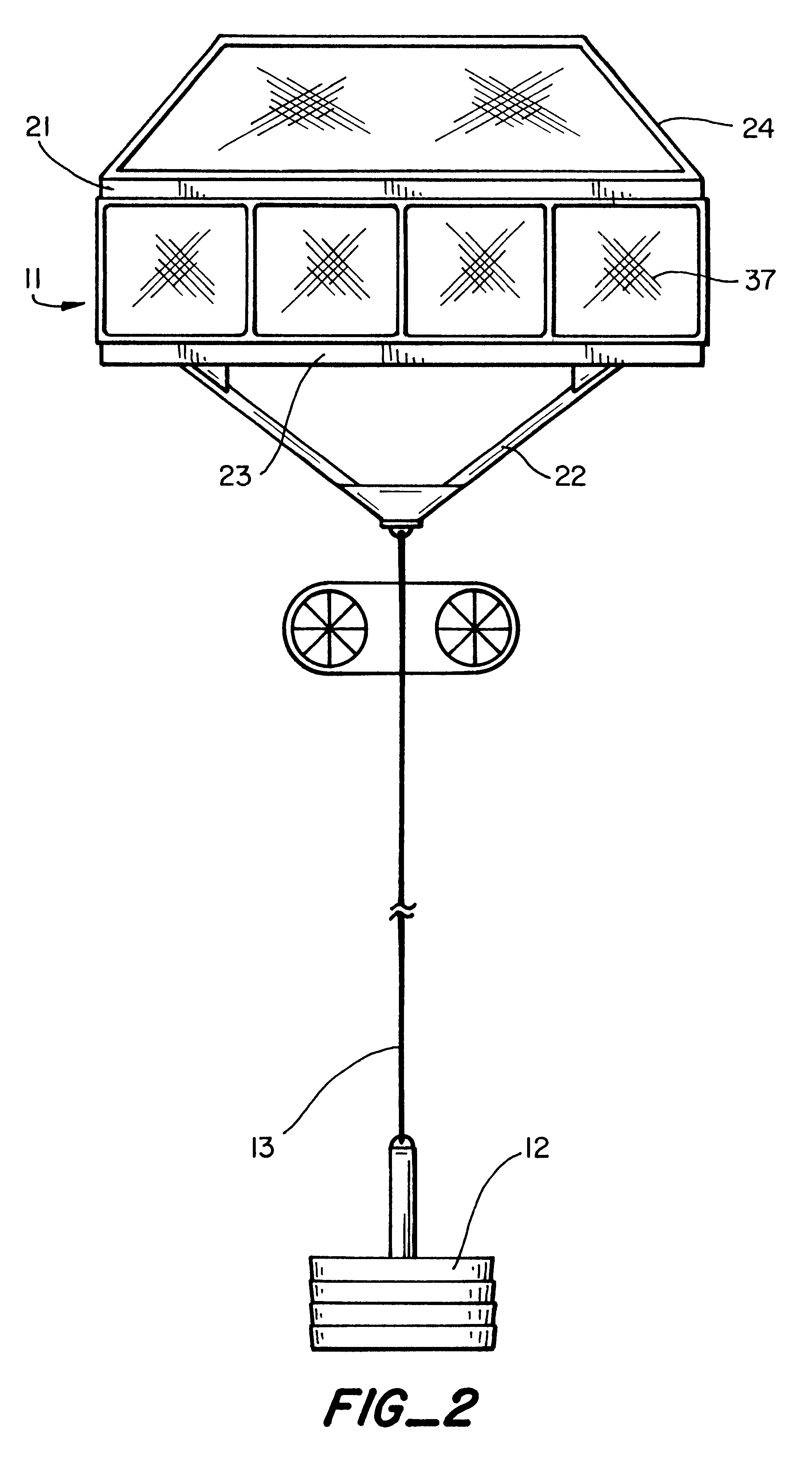Aquaculture farm system and method
a farming system and aquaculture technology, applied in pisciculture and aquaria, climate change adaptation, applications, etc., can solve the problems of dangerous operations, deterioration of the cost-effectiveness of these older systems, and the normal requirement of sea systems, so as to improve the efficiency of the aquaculture farming system and improve the effect of the
- Summary
- Abstract
- Description
- Claims
- Application Information
AI Technical Summary
Benefits of technology
Problems solved by technology
Method used
Image
Examples
Embodiment Construction
)
The aquaculture farm system, structure and method described herein provides a unique and improved method for the cultivation and mass production of mollusks, and particularly abalone. This same system is applicable to (but not limited to) other shell fish such as scallops, clams, oysters and other mollusks requiring a controlled aquaculture environment for commercial viability. Generally, the habitats of the present invention employ reusable plastic panels to accommodate each phase of the mollusk development. The plastic panels may be blow molded to provide an open interior. Each panel has a series of ribs running parallel to a horizontal line which provide necessary shelter and protection for juvenile abalone to cluster and feed safely. The panels are easily removable from the habitat to perform culling and harvesting operations. The panels can have a variety of shapes but each panel will include a series of random ovals, allowing mature adults to wander freely between panels and ...
PUM
 Login to View More
Login to View More Abstract
Description
Claims
Application Information
 Login to View More
Login to View More - R&D
- Intellectual Property
- Life Sciences
- Materials
- Tech Scout
- Unparalleled Data Quality
- Higher Quality Content
- 60% Fewer Hallucinations
Browse by: Latest US Patents, China's latest patents, Technical Efficacy Thesaurus, Application Domain, Technology Topic, Popular Technical Reports.
© 2025 PatSnap. All rights reserved.Legal|Privacy policy|Modern Slavery Act Transparency Statement|Sitemap|About US| Contact US: help@patsnap.com



